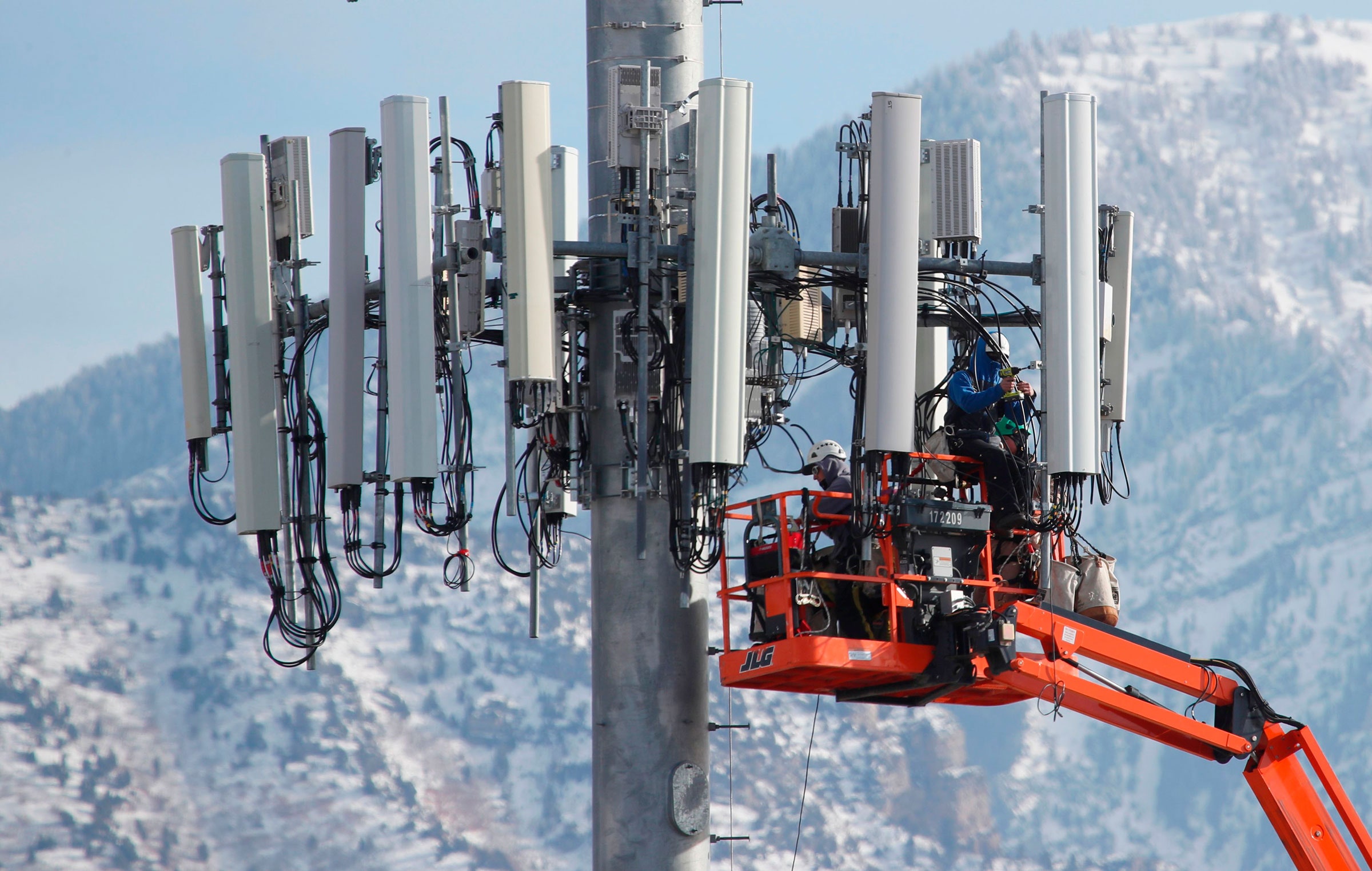If you've ever walked through a town and spotted tiny mini 5G cell towers placed on poles for street lighting. They appear like tiny boxes however, they're actually transmitting wireless signals from cell phone providers to your phone.
They are replacing larger, purpose-built cell towers. While they're not as noticeable, they still can cause issues for users.
The of the FCC's Radiation Exposure Thresholds
The FCC's Radiation Exposure Thresholds establish the safe limit at which a person can be exposed to electromagnetic energy generated by wireless devices. The exposure limits are based upon scientific research that show that RF energy can be harmful to human health.
The specific absorption rate (SAR) is an indicator of the radiofrequency energy that is taken up by tissues. It is typically 1.6 watts per kilogram, spread over a kilogram of tissue.
However, because 5g transmits at higher frequencies, it has the potential to create more energy on the skin and other exposed body areas. This could lead to many potential harms, including exacerbated formation of skin disorders such as dermatitis and cataracts and skin cancer.
Due to the possible negative effects of 5G radiation, PSU has chosen to set a general localized power density limit of 4 mW/cm2 measured over 1 cm2, and not exceeding 30 minutes for all 5G services running at 3000 GHz. This localized limit is in accordance with the highest spatial-average SAR of 1.6 W/kg, which is averaged over 1 grams of tissues at six GHz.
The FCC's Maximum Exposure Thresholds
If you've ever used a mobile phone, you're probably aware that a safe range from the tower should be at least 400 meters. This is due to the power of transmission from the cell tower is significantly increased the further your location from the tower.
While it sounds like something that's good, the reality is that those living close to towers may actually be more susceptible to health issues. For instance, a study conducted in 2014 in India discovered that people living within 50 meters of cell towers had much more health problems than those who were distance from them.
But, the study showed that residents who moved to areas further away from cell towers noticed their symptoms improve within a few days. Studies have also revealed that exposure to high amounts of electromagnetic field radiofrequency (EMFs) can cause brain tumors, cancer and other health issues.
This is due to the fact that RF radiation, which is utilized for wireless communication, has the ability to penetrate the body's outer layer of skin. phone radiation is important to understand since the skin functions as a protective barrier against injuries caused by mechanical forces, infections caused by pathogenic microorganisms and entry of toxic substances. Additionally, it is the largest organ of the human body, and is responsible for keeping the integrity of the other organs.
The FCC's Minimum Exposure Thresholds for the Minimum Exposure
The FCC's Minimum Exposure Thresholds rely on a variety of assumptions that are not supported by evidence from science. These include the erroneous assumption that short-term exposures to RF radiation are safe because of the minimal absorption into body (i.e., tissue heating).

The assumption also ignores the greater penetration of ELF parts of modulated RF signals as well as the effect of short bursts of heat caused by RF pulses. These assumptions do not correspond with current knowledge of the biological consequences of RF radiation. As such 5g disadvantages shouldn't be used for health protective exposure standards.
Additionally, the ICNIRP and FCC limit their maximum exposure limits to local peak SARs, based on the maximum frequency of absorption (psSAR), which can be described as an inadequate dosimetric tool to assess the amount of exposure to RF radiation. Particularly, psSAR is inaccurate for frequencies that exceed 6 GHz. In addition, psSAR is not been tested for RF radiation that is exposed to other environmental agents , such as sunlight. The interactions of RF radiation with other agents in the environment could cause synergistic or antagonistic effects. This would result in an increased risk of adverse health effects. For instance, exposure to RF radiation and sunlight could raise the chance of developing skin cancer and exacerbate other skin conditions like acne.
